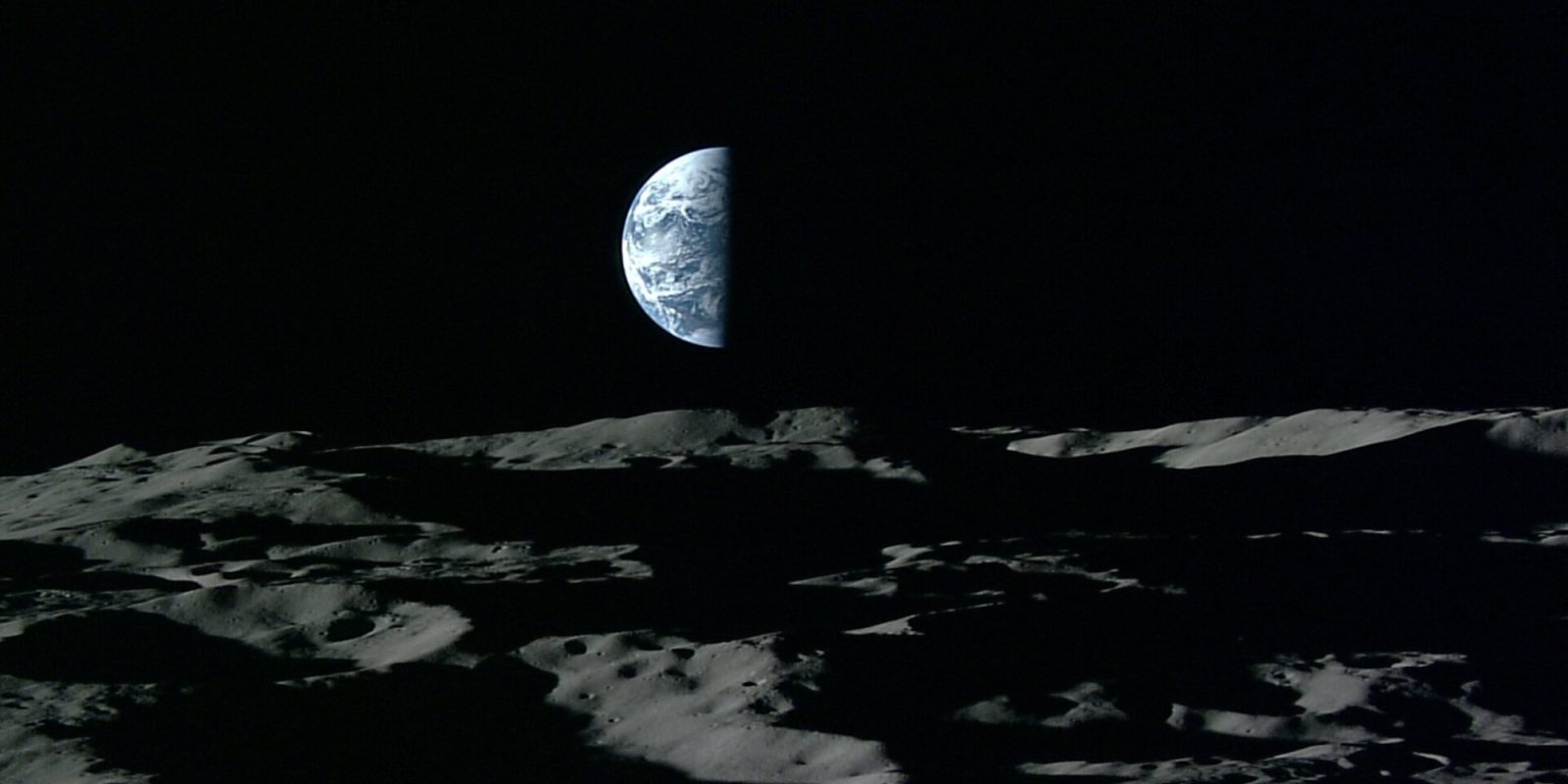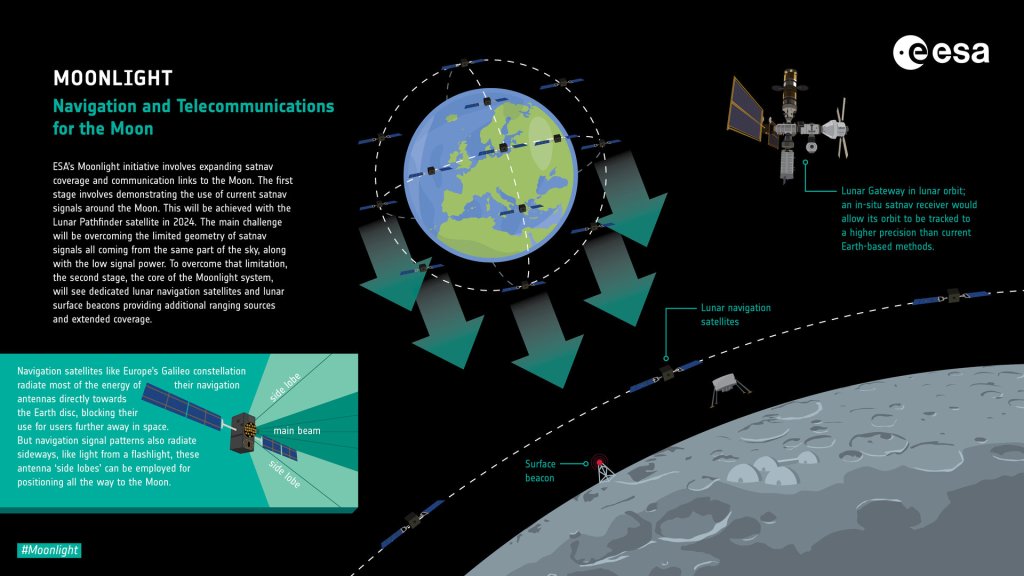
With humanity on the cusp of returning astronauts to deep space, one organization is attempting to garner support to give the Moon a time zone.
Spearheading this is the European Space Agency, which says space organizations agree “a common lunar reference time” for timekeeping is important for all lunar systems to reference, be they robotic missions or human surface stays.
“Of course, the agreed time system will also have to be practical for astronauts,” said Bernhard Hufenbach, a member of the Moonlight Management Team from ESA’s Directorate of Human and Robotic Exploration.
“This will be quite a challenge on a planetary surface where in the equatorial region each day is 29.5 days long, including freezing fortnight-long lunar nights, with the whole of Earth just a small blue circle in the dark sky. But having established a working time system for the moon, we can go on to do the same for other planetary destinations.”
Currently, time keeping for deep space missions is accomplished by using Earth-bound antennas to keep chronometers housed aboard spacecraft in sync with Earth time.
Closer to Earth, astronauts aboard the International Space Station currently use Coordinated Universal Time (UTC), or Greenwich Mean Time (GMT) as they circle the planet every 90 minutes, experiencing 16 sunrises and sunsets inside of 24 hours. An internationally-accepted “time zone” would be beneficial as spacefaring humans and their counterparts on Earth, such as ground support and mission control, all agree that Moon time is critical for guidance and navigation off our planet as humanity moves toward a return to the lunar surface.
Under the current plan, astronauts are expected to be living and working on NASA’s Gateway station, a multipurpose outpost that will circle the Moon — currently planned for operation sometime after 2024. This outpost will rely on the relaying of timely information and communication. Accurate information will be paramount.

An international collaboration is underway, according to ESA, as to which organization should be responsible for determining the time and its maintenance.
Clocks work differently on the moon, ESA said. They run faster than Earth time, which is measured in relation to the rotation of its own axis, due to the strong gravitational field of our planet.
Moon time gains around 56 microseconds per day with the exact rate depending on the position of the Moon progressing at an even different speed on the surface with a lunar day lasting the equivalent of 29.5 Earth days.
ESA contends the need to maintain communication between the Moon and Earth in lunar time will be of great importance.
Space astronomer Francisco Diagonal, an astronomer at University College London, agrees. On March 4, he told Euronews that there is a “need to maintain communication between the Moon and Earth from all these missions,” and there will be a need to agree on what the Moon’s “Greenwich Mean Time” will be.
“But on the other hand, once we already have many missions in orbit around the Moon from several countries, then communication with Earth takes a back seat and then it becomes more independent and that’s where lunar time is going to be very important,” Diego said.
FTC: We use income earning auto affiliate links. More.




Comments